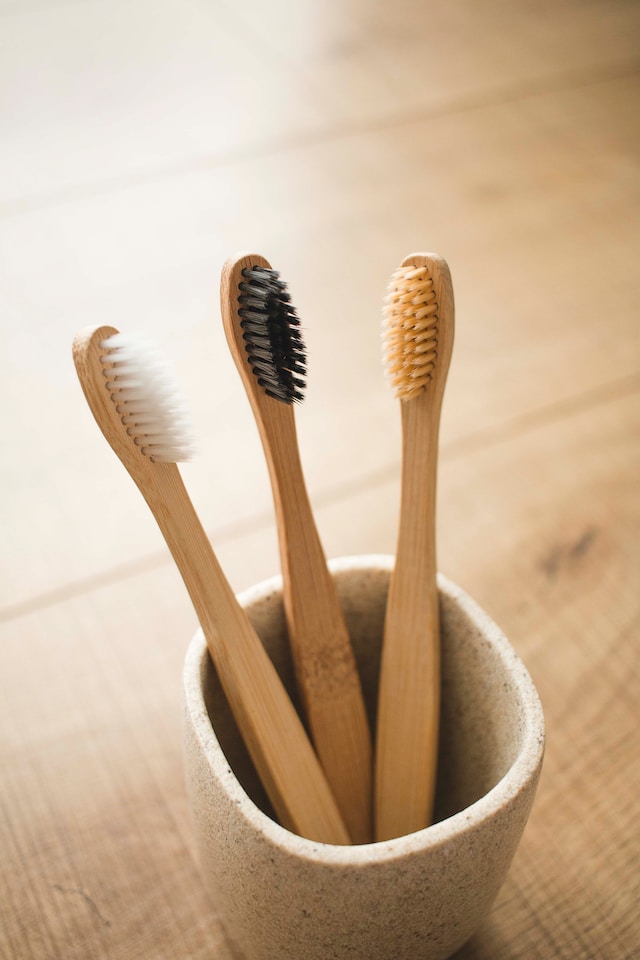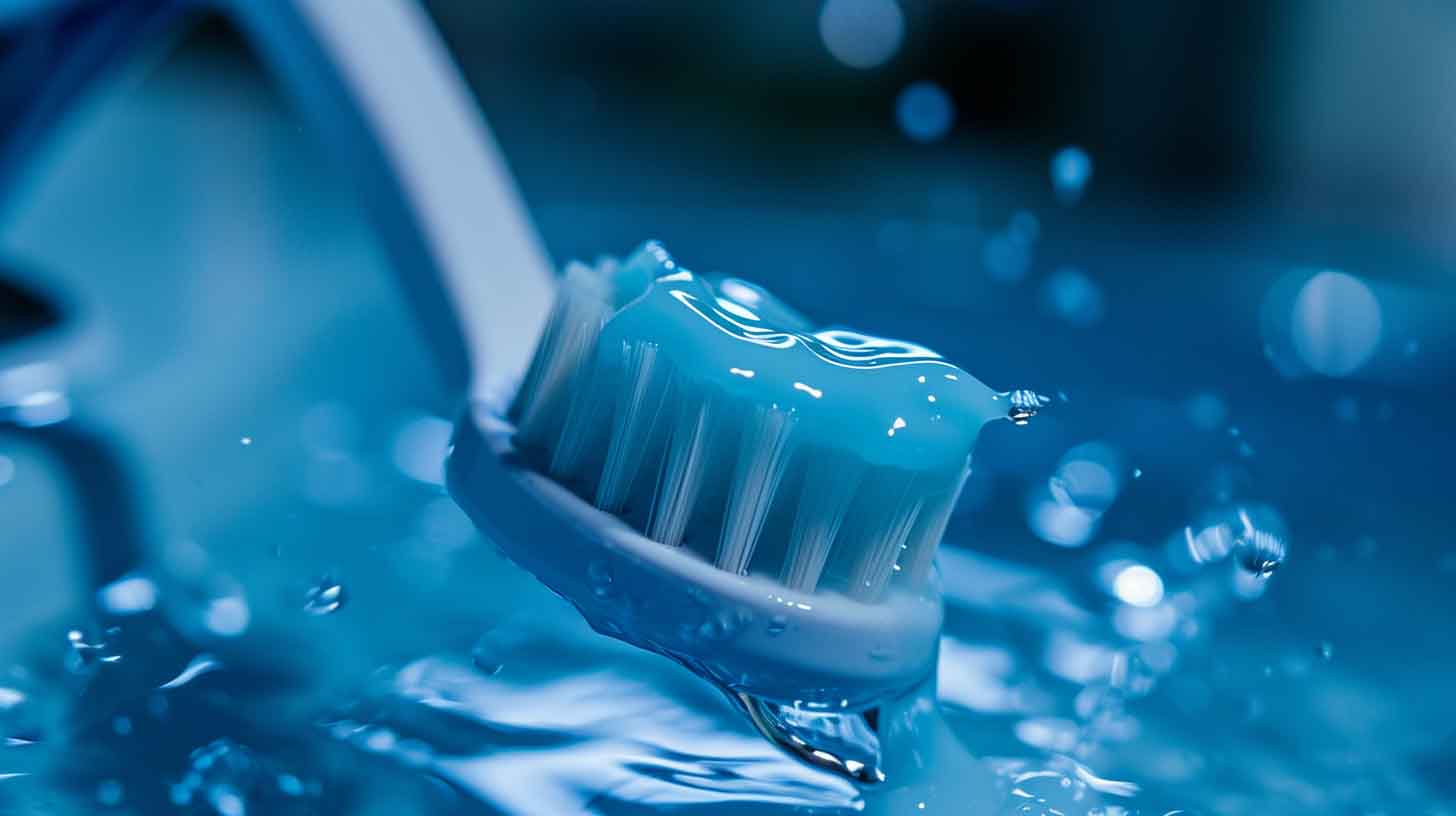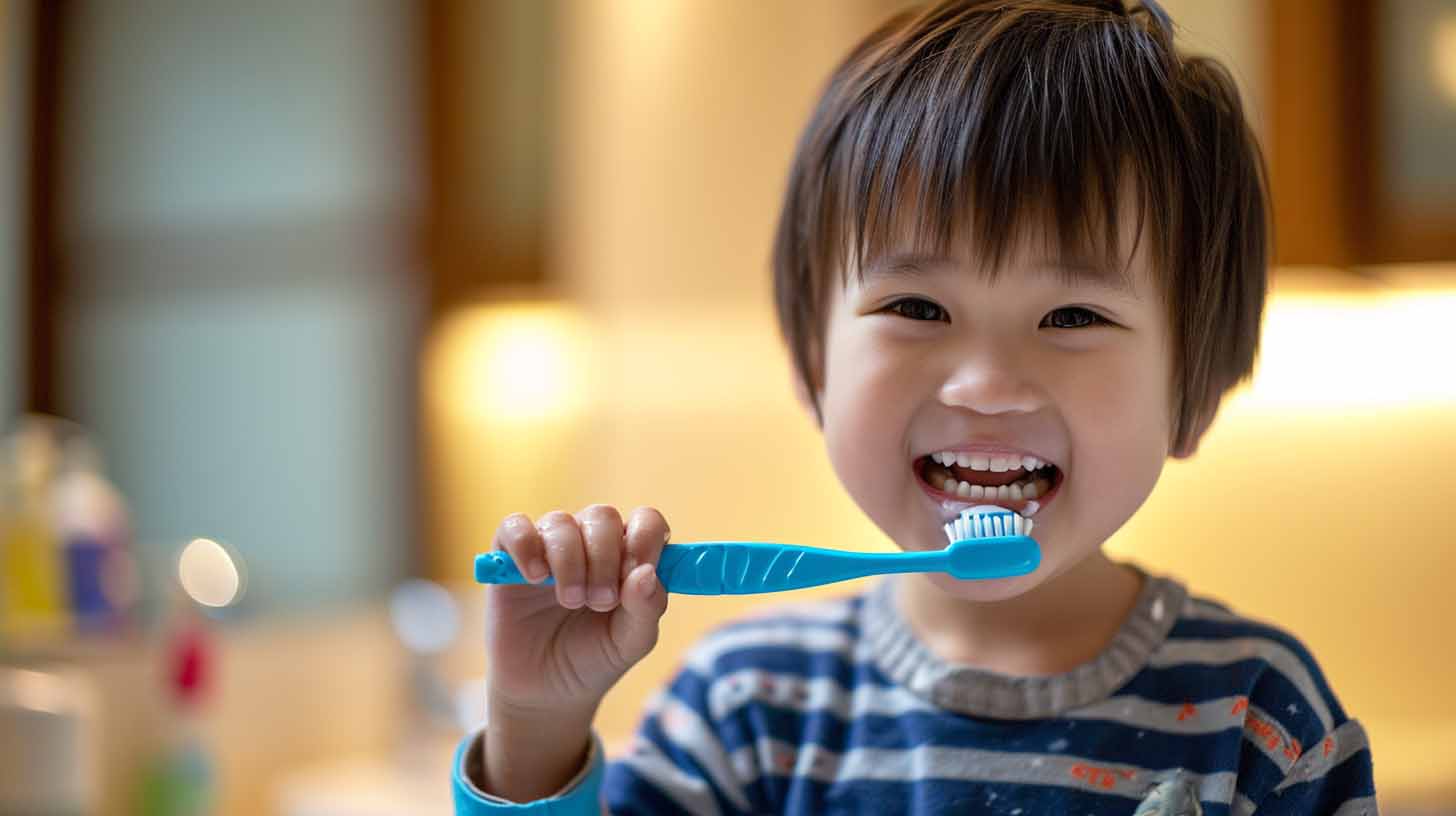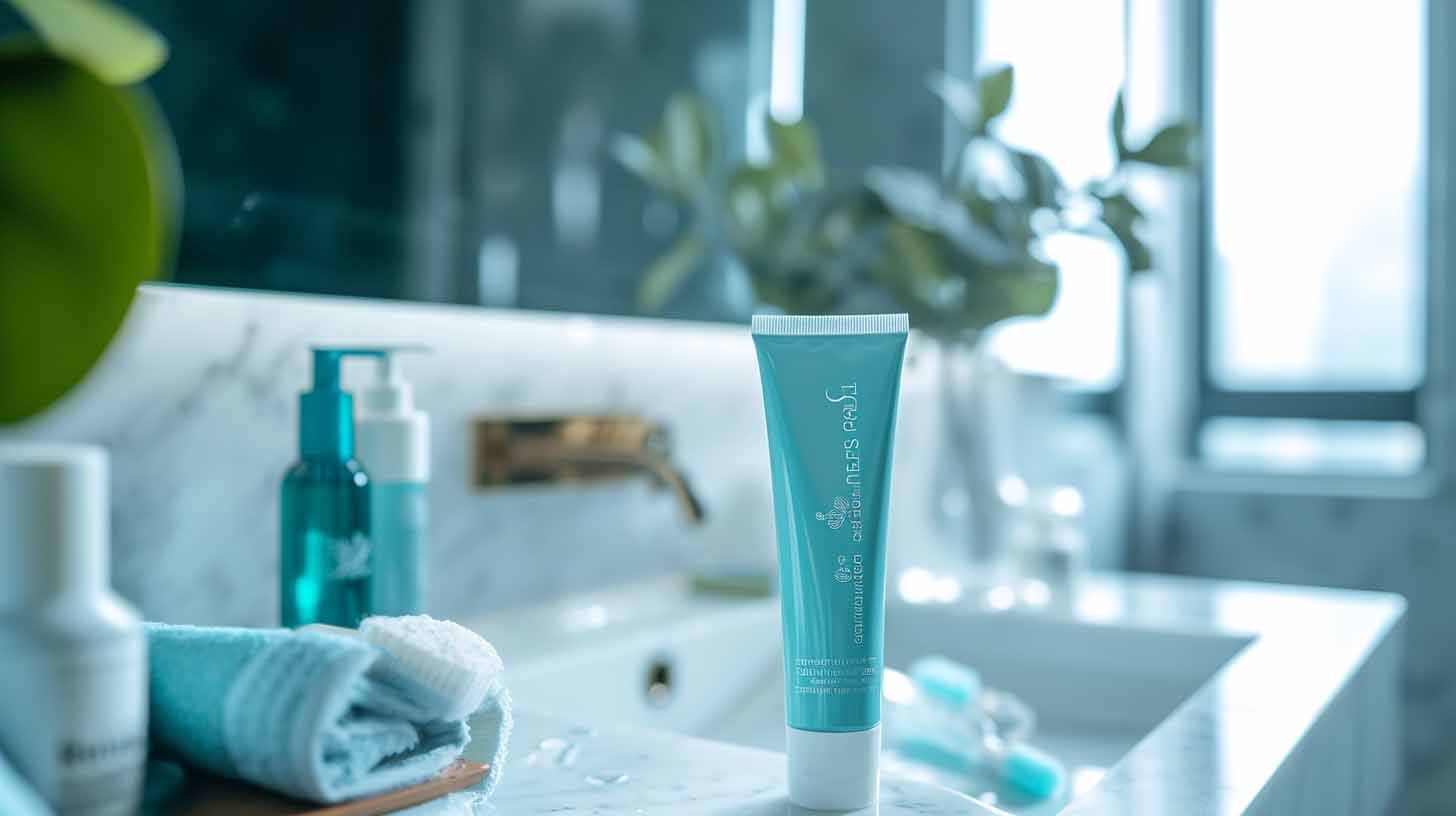Are Electric Toothbrushes Better?
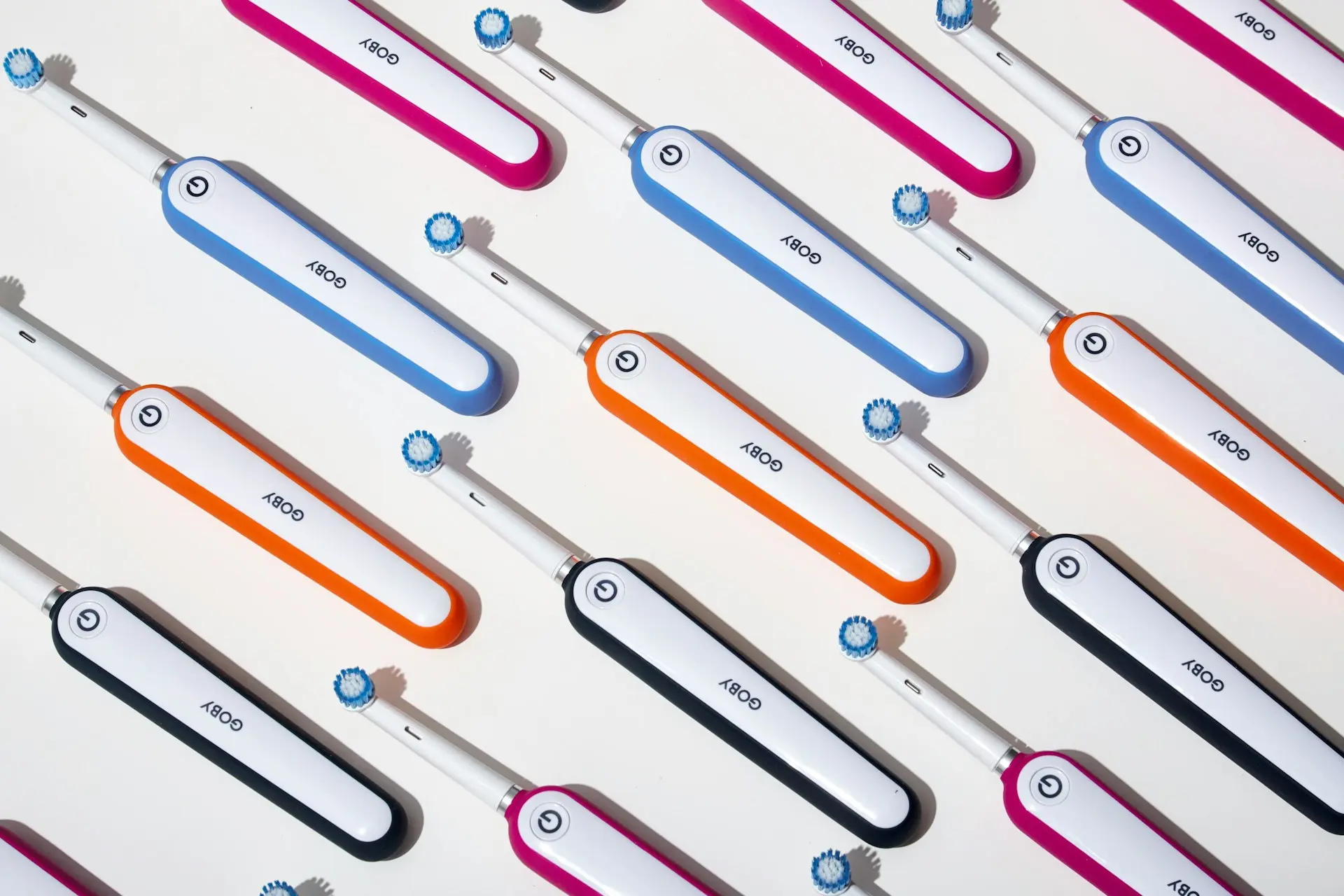
One of the most common questions I get asked is, “Are electric toothbrushes really better?”
Are Electric Toothbrushes Good?
Often I hear, “my Dentist told me that I should use a manual toothbrush because the electric brush is damaging my teeth”.
How can an electric toothbrush not be better than a manual one? Does a motorcycle get you to your destination faster than a bicycle? How about escalators versus the stairs?
I find the question perplexing but let us step away from the common sense and look at the facts — electric toothbrushes have been around for decades and there are so many different kinds and so many brands.
The mind boggles with choice paralysis.
Electric Toothbrushes Brush Better
In Cochrane reviews*, there is ample evidence to show that electric toothbrushes outperform manual toothbrushes - in large enough sample sizes of individuals that might include the fussy to the utterly lazy.
- A Cochrane Review is a systematic review that attempts to identify, appraise and synthesize all the empirical evidence that meets pre-specified eligibility criteria to answer a specific research question.
Although there were small statistical differences between the electric and manual brushes, there is the question of true realistic significance to you. And are there any differences between the type of electric toothbrushes?
What's My Preference as a Dentist?
From my experience as a dentist and a fellow consumer, I favour the electric.
This is simply because the hard to reach spots are just more effective to clean with an electric toothbrush.
I have tried multiple brushes throughout my life. As I am writing, there are five electric toothbrushes in my household, one more than the number of people living in it.
There is a sonic one, two oscillating brushes, and two rotating ones for the kids.
I prefer the oscillating brushes as the battery-life and overall durability are better than the sonic. The sonic brushes are quieter.
The most important variation of the end result - which is to remove plaque most effectively - lies in the hand that wields the brush.
It's All In The Brushing Technique
I have seen impeccable teeth in manual tooth-brushing individuals and the filthiest mouths in fancy-electric-tooth-brush aficionados.
Basically, using a Roger Federer tennis racquet will not necessarily make you play tennis like Roger Federer.
How to pick an Electric Toothbrush?
So, if you are looking to get an electric toothbrush, you can do some do some initial research.
If you can’t afford a super-fancy-AI-controlled electric toothbrush then don’t.
Start with a reliable rechargeable electric toothbrush and change the brush heads as soon as they begin to fray.
More importantly, work on your brushing technique — brush long enough (two minutes) and use a good quality toothpaste.
Remember to check your progress and you should see great improvements over time.
Niederman R. Moderate quality evidence finds statistical benefit in oral health for powered over manual toothbrushes. Evid Based Dent. 2014 Sep;15(3):77-8. doi: 10.1038/sj.ebd.6401041. PMID: 25343391.
William J. Killoy, John W. Love, Jerry Love, Peter F. Fedi, Daniel E. Tira, The Effectiveness of a Counter-Rotary Action Powered Toothbrush and Conventional Toothbrush on Plaque Removal and Gingival Bleeding. Journal of Periodontology; Volume 60, Issue 8. First published: 01 August 1989
Subscribe to be
the first to know about new articles
